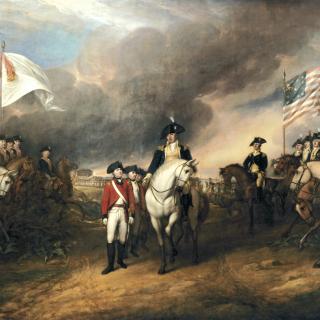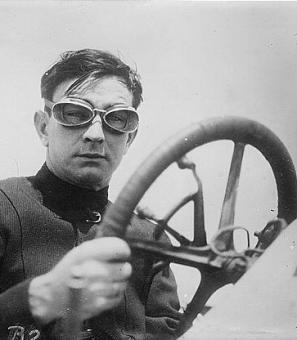Contraband Camps of Northern Virginia
Civil War blogger Ron Baumgarten discusses a often-forgotten aspect of Civil War history.
It's easy to remember the battles — First Manassas, Second Manassas, Antietam, and more — but the Washington, D.C. area was also home to many other significant Civil War events, too. After all, it was here that Col. Robert E. Lee resigned his commission in the U.S. Army and followed his home state of Virginia to the Confederacy; it was here that President Abraham Lincoln directed the Union's war effort; it was here that the President was assassinated in 1865.
And, it was also here that thousands of African Americans first experienced freedom after generations in bondage through the "contraband" camps, which the federal government created on the abandoned lands of secessionists during the war.
Local Civil War blogger Ron Baumgarten has been exploring these largely-forgotten camps recently on his Civil War blog, All Not So Quiet Along the Potomac. Ron was kind enough to share some of his research with us. Check out the video above!
In the early days of the Civil War, thousands of slaves fled their masters in the south and passed through Union lines. In the midst of fighting a war, the Federal army wasn't quite sure how to handle these emigres. Prior to the Emancipation Proclamation, what was their status? Siezing on the fact that Confederate masters considered slaves to be property, Union General Benjamin Butler coined the term "contrabands" — as in enemy property that was possessed as the contraband of war.
Contrabands flocked to the nation's capital in 1861–1862. They were housed in cramped quarters on Capitol Hill and, later, at Camp Barker near present-day Logan Circle. As these camps became overcrowded and unsanitary, Lt. Col. Elias Greene, Chief Quartermaster for the Department of Washington, suggested the federal government alieviate the problem by taking over abandoned secessionist farms in northern Virginia and putting the former slaves to work — for pay — farming crops to feed the Union army. The idea was passed up the chain and Secretary of War Edwin Stanton signed off on it.
In 1863–1864, the government created five camps in present-day Arlington and Fairfax: Camp Springdale, Camp Todd, Camp Rucker, Camp Wadsworth and Camp Beckwith. (Around the same time, the government also created the more widely-known Freedmen's Village on the Arlington Estate.) Hundreds of contrabands were relocated to the camps and earned $6-10 per month farming. But that was only part of their development. Thanks to the efforts of charitable organizations — namely the Association of Friends for the Aid and Elevation of Freedmen — the contrabands also gained access to education. Children and adults alike were tutored in camp schools run by the Friends and many learned to read and write.
It was no accident the lands used for these camps had previously belonged to Confederate sympathizers who had relocated at the start of the war. As Ron told me in our conversation, the chain of events made for a powerful shift: "Here were lands that once belonged to those who held people in bondage now being used to help ... to transform society in a way and to integrate these former slaves into American society and prepare them for freedom and economic self sufficiency. So, that in and of itself is really revolutionary in essence because where there was slavery there was slavery no more. And, as a matter of fact, where there was slavery, the seeds of social and political and economic change were already being planted."
Special thanks to Ron Baumgarten, Alcione Amos and the Cherry Hill Farmhouse in Falls Church, Virginia for their help with this post. Visit the Anacostia Community Museum for more information on contraband camps in Washington, D.C.
NOTE: Not all the photographs shown in the video were taken at northern Virginia contraband camps. Some were taken at camps in other parts of Virginia and Washington, D.C., but the depictions are believed to be similar to those in the northern Virginia camps. This post was orginally published in coordination with the Arlington Historical Society's April 2015 public program at the Reinsch Library auditorium at Marymount University.


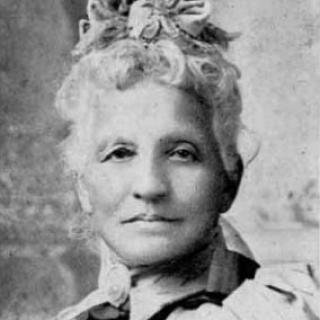
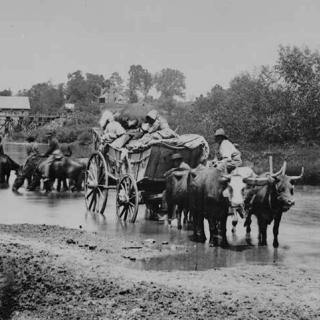
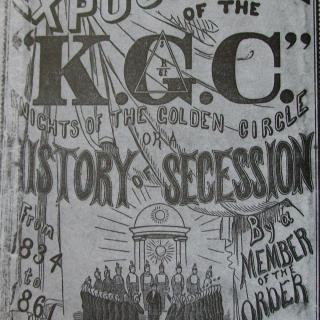
![Sketch of the mythical fuan by Pearson Scott Foresman. [Source: Wikipedia]](/sites/default/files/styles/crop_320x320/public/2023-10/Goatman_Wikipedia_Faun_2_%28PSF%29.png?h=64a074ff&itok=C9Qh-PE1)

